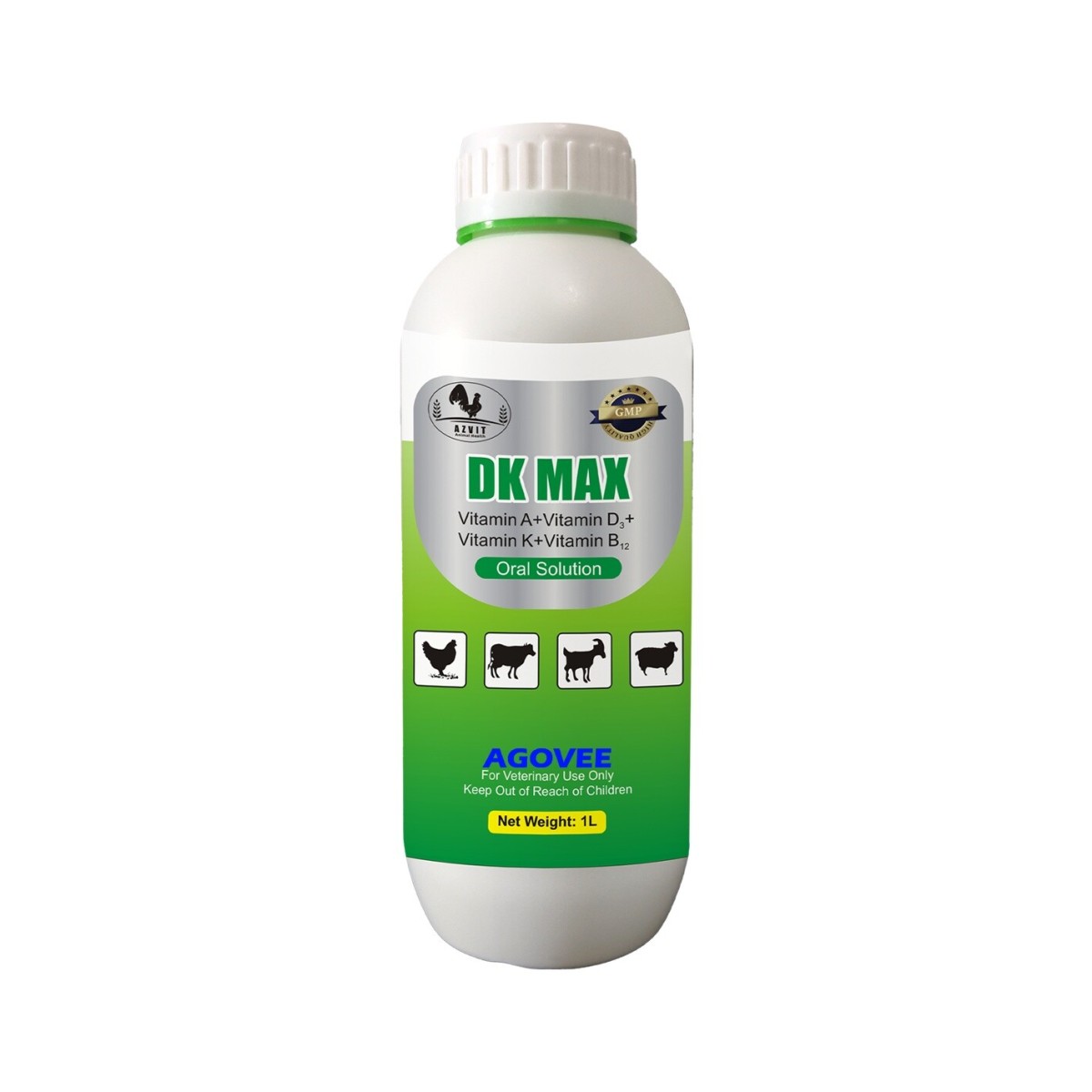Introduction
Coccidiosis is a common parasitic disease affecting poultry, caused by protozoa of the genus Eimeria. Two primary types, cecal coccidia and small intestinal coccidia, exhibit distinct characteristics and require targeted management strategies. This article aims to clarify these differences and provide practical insights for poultry farmers and industry professionals.
Biological Traits and Life Cycle
Cecal coccidia, typically Eimeria tenella, primarily infect the ceca of chickens. Their life cycle involves several stages, including unsporulated oocysts ingested by birds, which sporulate in the cecum and release sporozoites to infect epithelial cells. In contrast, small intestinal coccidia species, such as Eimeria acervulina, E. maxima, and E. brunetti, target different regions of the small intestine. These species have similar life cycles but differ in their preferred site of infection and the severity of lesions they cause.
Clinical Signs and Impact on Poultry
Cecal coccidia infections often result in more severe clinical signs, including bloody diarrhea, dehydration, weight loss, and increased mortality rates. The lesions caused by E. tenella can be severe, leading to significant damage to the cecal wall and potential secondary infections. Small intestinal coccidia, while less likely to cause acute clinical signs, can lead to subclinical infections that impact bird performance, such as reduced feed conversion rates and growth retardation.
Diagnosis and Treatment
Diagnosis of coccidiosis typically involves fecal flotation tests to identify oocysts in feces. However, it's essential to differentiate between cecal and small intestinal coccidia to tailor treatment effectively. Anticoccidial drugs are commonly used to control coccidiosis, but resistance can develop, emphasizing the need for rotation and combination therapy strategies. Additionally, good management practices, including hygiene, ventilation, and reduced stocking density, are crucial in preventing and controlling coccidiosis.
Prevention and Control Strategies
Preventing coccidiosis starts with understanding the risk factors and implementing biosecurity measures. Regular cleaning and disinfection of poultry houses, along with proper disposal of contaminated feces, are essential. Vaccination can also be a valuable tool, especially in areas with high disease pressure. Moreover, genetic selection for birds with improved resistance to coccidiosis offers a long-term solution.
Conclusion
Cecal coccidia and small intestinal coccidia pose significant challenges to poultry health and production. Understanding their differences and implementing targeted management strategies are key to maintaining healthy flocks and maximizing production efficiency. By staying vigilant and adopting a proactive approach, poultry farmers and industry professionals can effectively tackle coccidiosis and ensure the well-being of their birds.
Biological Traits and Life Cycle
Cecal coccidia, typically Eimeria tenella, primarily infect the ceca of chickens. Their life cycle involves several stages, including unsporulated oocysts ingested by birds, which sporulate in the cecum and release sporozoites to infect epithelial cells. In contrast, small intestinal coccidia species, such as Eimeria acervulina, E. maxima, and E. brunetti, target different regions of the small intestine. These species have similar life cycles but differ in their preferred site of infection and the severity of lesions they cause.
Clinical Signs and Impact on Poultry
Cecal coccidia infections often result in more severe clinical signs, including bloody diarrhea, dehydration, weight loss, and increased mortality rates. The lesions caused by E. tenella can be severe, leading to significant damage to the cecal wall and potential secondary infections. Small intestinal coccidia, while less likely to cause acute clinical signs, can lead to subclinical infections that impact bird performance, such as reduced feed conversion rates and growth retardation.
Diagnosis and Treatment
Diagnosis of coccidiosis typically involves fecal flotation tests to identify oocysts in feces. However, it's essential to differentiate between cecal and small intestinal coccidia to tailor treatment effectively. Anticoccidial drugs are commonly used to control coccidiosis, but resistance can develop, emphasizing the need for rotation and combination therapy strategies. Additionally, good management practices, including hygiene, ventilation, and reduced stocking density, are crucial in preventing and controlling coccidiosis.
Prevention and Control Strategies
Preventing coccidiosis starts with understanding the risk factors and implementing biosecurity measures. Regular cleaning and disinfection of poultry houses, along with proper disposal of contaminated feces, are essential. Vaccination can also be a valuable tool, especially in areas with high disease pressure. Moreover, genetic selection for birds with improved resistance to coccidiosis offers a long-term solution.
Conclusion
Cecal coccidia and small intestinal coccidia pose significant challenges to poultry health and production. Understanding their differences and implementing targeted management strategies are key to maintaining healthy flocks and maximizing production efficiency. By staying vigilant and adopting a proactive approach, poultry farmers and industry professionals can effectively tackle coccidiosis and ensure the well-being of their birds.
When coccidia quietly lurk in the corners of a farm, a silent crisis looms. The struggle of young poultry as they shed bloody stools, the weakness of young livestock ravaged by diarrhea, the frustration of plummeting feed conversion rates, and the sting of spiraling mortality rates—these are the hallmarks of coccidiosis. Using its oocysts as a weapon, it spreads everywhere through humid environments, devouring farmers' hard work without them even realizing it.
The emergence of Agovee is a powerful counterattack in this confrontation.
A powerful tool specifically designed to combat coccidiosis, Agovee precisely targets the coccidia life cycle. Whether it's Eimeria tenella multiplying wildly in the cecum of chickens or Eimeria coccidia plaguing the intestines of rabbits, it quickly penetrates the parasite's defenses, inhibiting oocyst sporulation and interrupting the parasite's multiplication chain. After use, you'll see blood in your stools gradually disappear, diarrhea gradually subsides, and those languid little bugs lift their heads again and actively approach the trough. Within 24 hours, symptoms begin to ease; within 48 hours, the condition is under control; and within 72 hours, vitality significantly improves.
Choosing Agovee gives animals a chance for a speedy recovery and provides farmers with peace of mind. It not only eliminates the ravages of coccidiosis but also safeguards your farming success, allowing those precious creatures to thrive in a healthy environment—because Agovee understands your challenges and your dedication to farming.
Please give us a message

